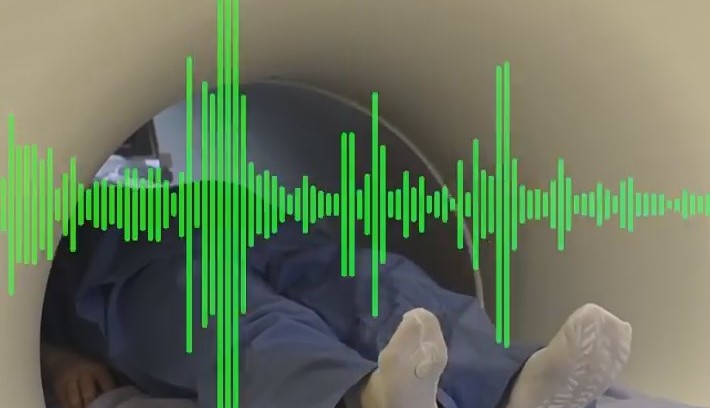How does your brain process music?
December 23, 2015
on
on

Scientists have long wondered whether the human brain has neural mechanisms specifically oriented to the perception of music. Neuroscientists at MIT recently identified a neural population in the human auditory cortex that responds selectively to the sounds people generally regard as music, but not to speech or other ambient sounds.
“It has been the subject of widespread speculation,” says Josh McDermott, Assistant Professor of Neuroscience in the Department of Brain and Cognitive Sciences at MIT. “One of the core debates surrounding music is to what extent it has dedicated mechanisms in the brain and to what extent it piggybacks off of mechanisms that primarily serve other functions.”
The finding was made possible by a new method designed to identify neural populations from functional magnetic resonance imaging (fMRI) data. Using these methods, the researchers were able to identify six neural populations with different functions, including a music-selective population and another set of neurons that responds selectively to speech.
For this study, the researchers scanned the brains of ten human subjects listening to 165 natural sounds, including various types of speech and music as well as everyday sounds, such as a car engine starting or a telephone ringing. They are now investigating whether the music-selective populations contain subpopulations of neurons that respond to different aspects of music, such as rhythm and melody. They also want to study how musical experience and training might affect this neural population.
“It has been the subject of widespread speculation,” says Josh McDermott, Assistant Professor of Neuroscience in the Department of Brain and Cognitive Sciences at MIT. “One of the core debates surrounding music is to what extent it has dedicated mechanisms in the brain and to what extent it piggybacks off of mechanisms that primarily serve other functions.”
The finding was made possible by a new method designed to identify neural populations from functional magnetic resonance imaging (fMRI) data. Using these methods, the researchers were able to identify six neural populations with different functions, including a music-selective population and another set of neurons that responds selectively to speech.
For this study, the researchers scanned the brains of ten human subjects listening to 165 natural sounds, including various types of speech and music as well as everyday sounds, such as a car engine starting or a telephone ringing. They are now investigating whether the music-selective populations contain subpopulations of neurons that respond to different aspects of music, such as rhythm and melody. They also want to study how musical experience and training might affect this neural population.
Read full article
Hide full article


Discussion (0 comments)